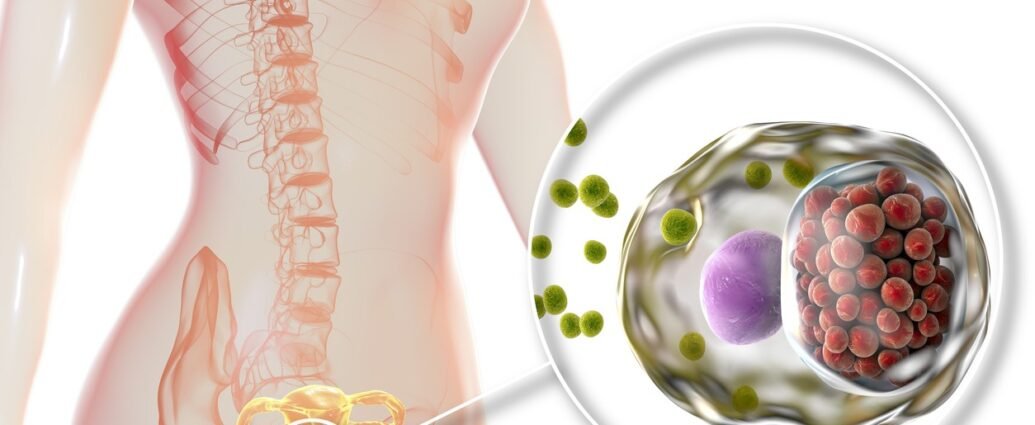Sexually Transmitted Infections (STIs), as referred to by the Ministry of Health and the World Health Organization (WHO), are those conditions that are transmitted, inter alia, through sexual relations (anals, vaginals, or oral) and can be caused by bacteria, viruses, fungi, parasites, and protozoa.
According to WHO estimates, annually, some 376 million people contract one of these four STIs: chlamydiosis, gonorrhea, syphilis, or trichomoniasis. In addition, it is estimated that more than 500 million people are carriers of the virus that causes genital infection with herpes simplex virus (HSV).
STI Symptoms
The Ministry of Health notes that in most cases where there is a sexually transmitted infection, there are no symptoms or are unapparent, which facilitates the transmission of the infection and, if proper treatment is not established, complications such as sterility, extrauterine pregnancy, genital cancer, or others may occur.
There are several symptoms that may indicate that you have an STI.
In the case of women: abnormal flow in the vagina with or without unpleasant smell; sores, hives, or blisters near the sexual organs, anus, or mouth; pain in the area of the pelvis; burning when urinating or defecating, or bleeding from the vagina without menstruation.
In the case of males: discharge through the urethra; sores, rashes or blisters near the sexual organs, anus or mouth, or pain in the testicles, inflammation or pain around the sexual organs.
There are more than 30 sexually transmitted infections caused by bacteria, viruses, fungi, protozoa, and arthropods. These infections can produce several clinical symptoms that are included in the following syndromes: vulvovaginitis, uretritis, cervicitis, and balanitis.
Types and How to Differentiate STIs
Currently, we can differentiate between the following STIs, according to Ministry of Health.
These are those produced by bacteria:
– Gonorrhea. Symptoms may appear between 2 and 7 days (or even more) of genital, oral genital, or rectal sexual contact. Half of those with it have no symptoms.
– Chlamydia. Often, it doesn’t produce symptoms. If they appear, they manifest between 7 and 21 days after sexual contact.
– Syphilis. It is a generalized, chronic infection, which is usually sexually transmitted, and in which periods of activity are interrupted by periods of latency that alternate. In most cases, transmission occurs by sexual contact.
– Gardnerella Vaginalis. It is a syndrome caused by the replacement of normal vaginal flora, which increases vaginal pH and smelly flow.
– Micoplasmas. They are often found in vagina and urethral cultures and are related to sexual activity and the number of different sexual contacts.
Produced by viruses:
– Vaginal Herpes. Small blisters appear between 2 and 20 days after sexual intercourse. The location varies depending on the sexual practice.
– Human papillomavirus. In most cases, asymptomatic infections. Lesions may occur between 1 and 20 months of sexual contact (in the genital, anal, and oral organs).
– Hepatitis A, B, or C.
– HIV. It produces Acquired Immuno Deficiency Syndrome (AIDS). HIV can be transmitted by parenteral, sexual, and vertical (from mother to mother through the placenta, at the time of delivery, or through the breast milk)
– Epstein-Barr virus. More frequent transmission is produced through saliva (kissing disease).
Fungal infections:
– Vaginal candidiasis. The most common symptoms include intense itching and vaginal discharge that is white and thick. It often appears just before menstruation.
– Public lice. The most common symptoms are: strong itching in the genital area or in the anus, and the appearance of lice or white eggs in the pubic hair.
– Scabies. The most common symptoms are very strong itching, usually at night, and rashes that appear as greyish lines.
